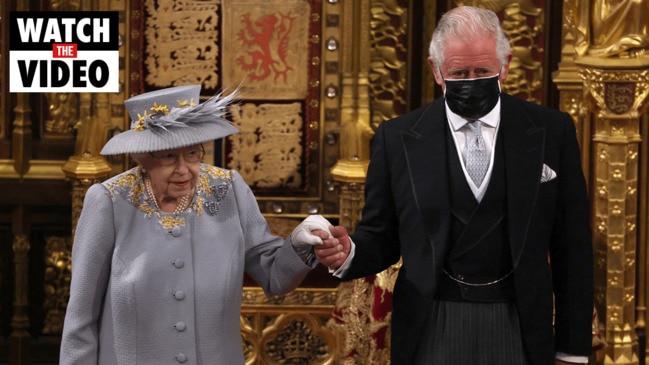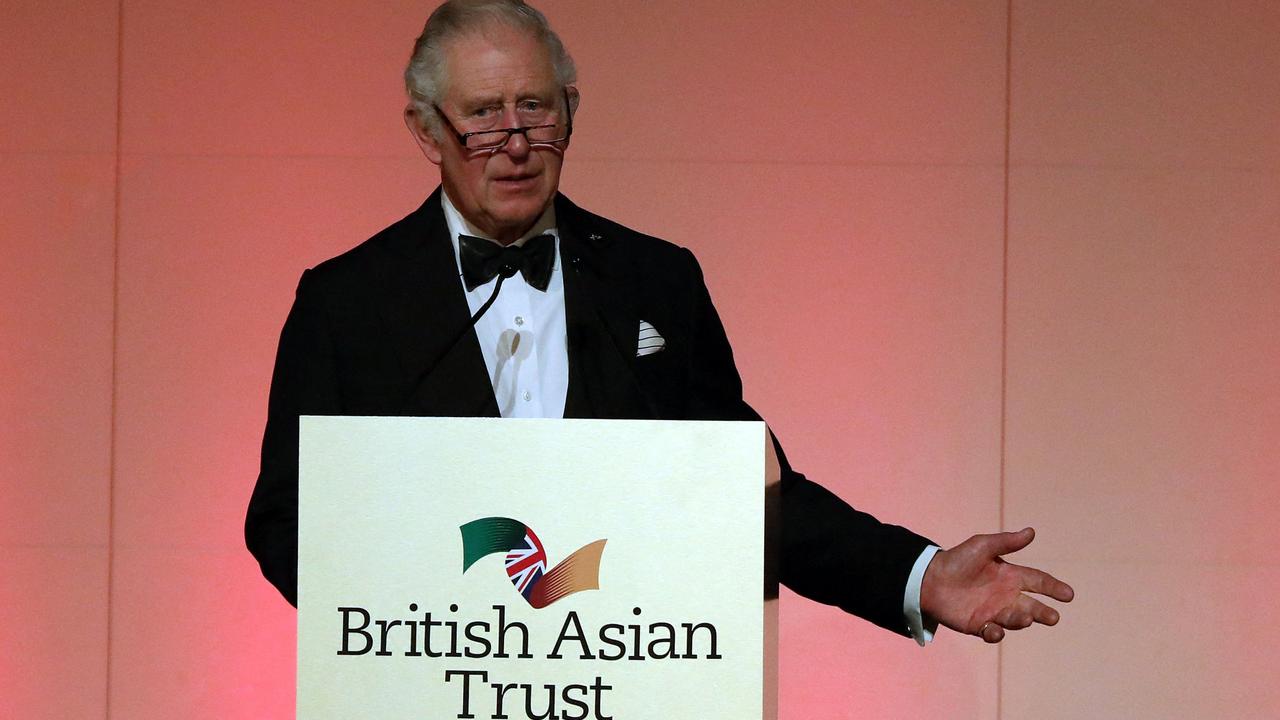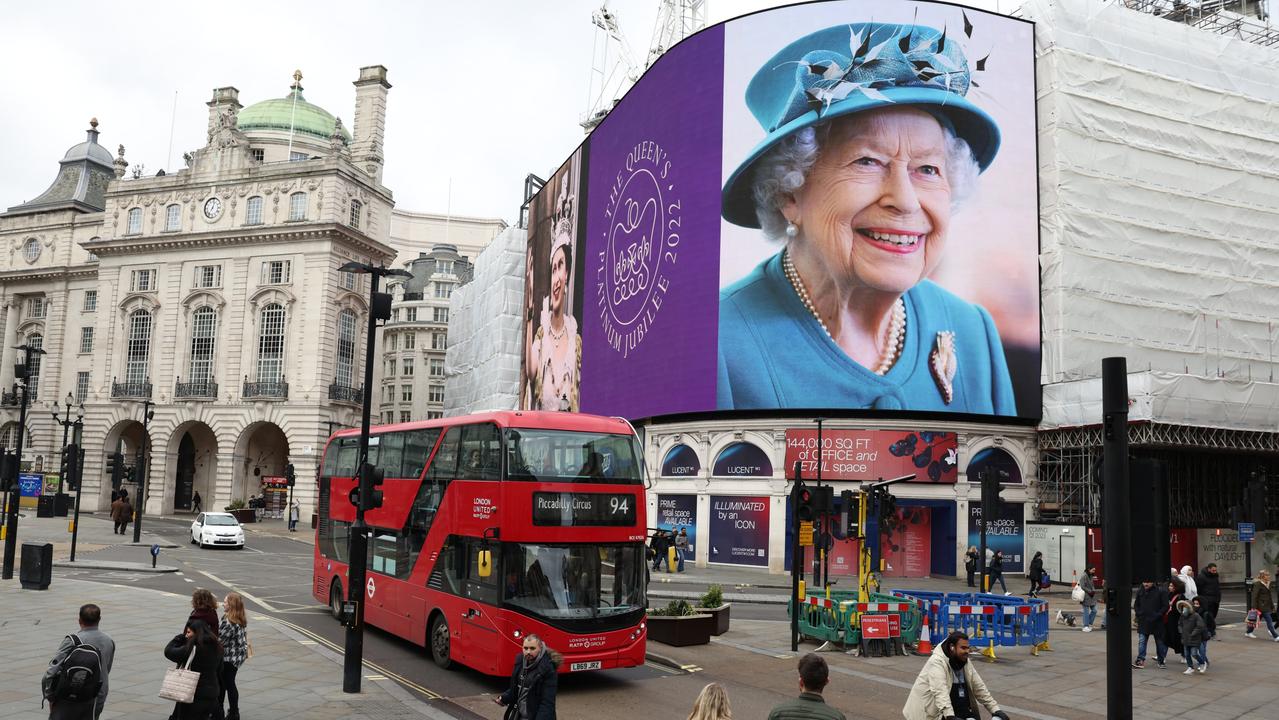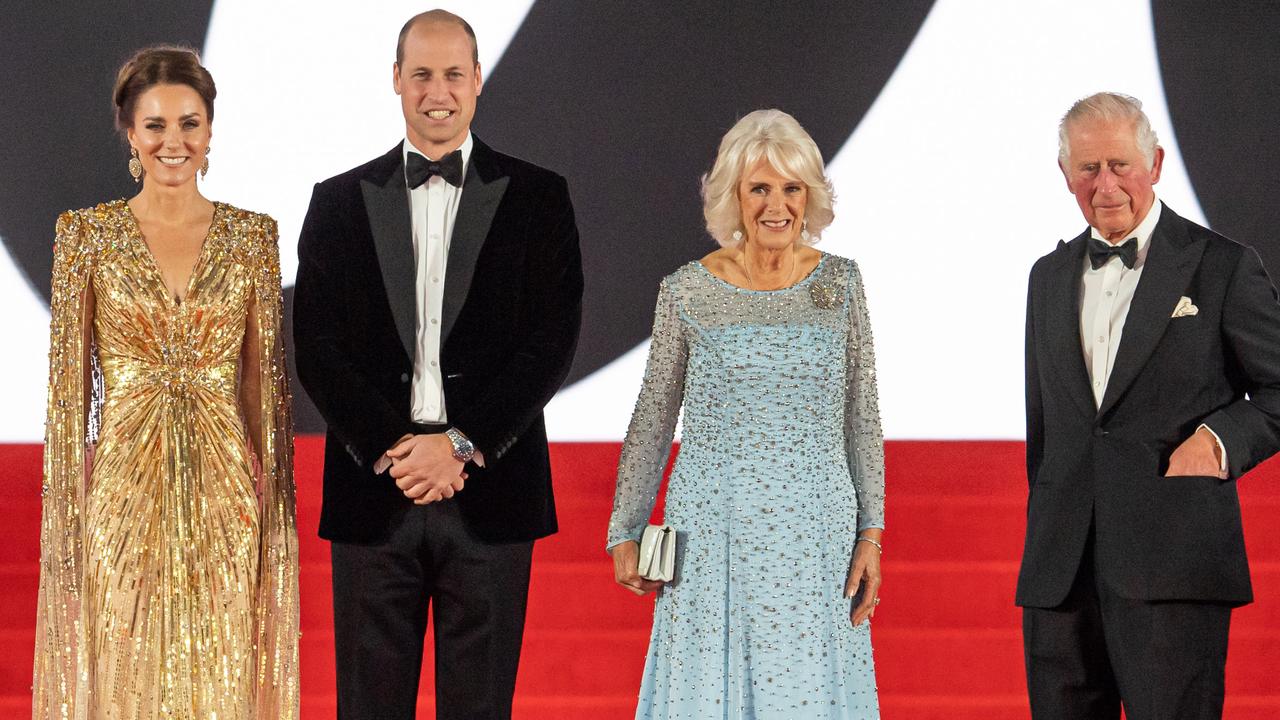Why Prince Charles getting Covid should worry Buckingham Palace
The Prince of Wales’ second Covid diagnosis highlights are very worrying problem for the royal family that isn’t going to improve any time soon.

If ever there was proof that Camilla, the Duchess of Cornwall deserves her future title of Queen Consort it came on Thursday.
There she was in Notting Hill, visiting a community kitchen and later a sexual assault referral centre, getting on with things with the sort of reassuring, steadfast bonhomie that has made her a hugely dependable (and increasingly liked) cog in the palace machine.
And there the 74-year-old was, on the job, even after it had been revealed that her husband Prince Charles had contracted Covid for a second time. (And yes, Charles has been triple-jabbed.)
According to the Telegraph, the Prince of Wales had not been displaying any symptoms and it was only after a routine test that he returned a positive result.
Camilla, meanwhile, was found to be negative, so off she trundled for her events in west London which also included her meeting a former Love Island reality TV star who had been a victim of revenge porn. (Seriously – this future Queen really is much more interesting than most people ever give her credit.)
Charles, by all accounts, seems fine, with Camilla saying overnight that he was finding his second bout of the virus “a bit tiresome”. But, don’t let the seeming benignness here lull you into a false sense of security, because this development should be ringing alarm bells.

Sometimes it’s easy to forget just how advanced in years Charles is. He turned 73 last November and has spent the past 52 years waiting, waiting, waiting for the top job.
And today’s Covid news is a grim reminder that his time on the throne, when it does come, will be relatively short.
Even if King Charles III took over tomorrow, he will still only have a very modest 20 to 25 years of ruling at most.
(Whenever the big moment comes, Charles will be the oldest person to have ever been crowned, something of a dubious distinction. He has long since beaten King William IV’s record in 1830 of ascending when he was aged 64.)
Without being too morbid, there is no getting away from the fact that in the next two decades, Buckingham Palace is going to have to contend with not only the death of one sovereign, but two, and not only one coronation, but four. (Don’t forget about Queens Camilla and Catherine here.)
What Charles’ diagnosis this week shines a spotlight on is how inherently destabilising the 20 years are going to be for the royal family, and that is before anyone even considers the heinous Prince Andrew situation, or the Duke and Duchess of Sussex’s penchant for palace antagonism.
The Queen’s 70-year stint might have been marked by a rolling series of family intrigues and PR disasters (Affairs! Divorce! Toe sucking!) but as sovereign, she has been nothing but a stalwart figure projecting enduring stability and steadfastness.
We are about to lose all that and I’m not sure we fully appreciate how jolting and jarring the next chapter in royal history is going to be.
The UK and the Commonwealth are now both looking down the barrel of the solidity that has defined her lengthy tenure on the throne evaporating and being replaced with a period of ongoing tumult.
Or, to put it another way, buckle up because we are all in for some regal whiplash.

And it is this largely overlooked reality that should be a real cause for concern for the retinues of aides, secretaries and courtiers stacked away in offices in Buckingham Palace, Clarence House and Kensington Palace.
While Charles’ second round of Covid seems to be, based on what we know, relatively mild, he is no spring chicken. According to Britain’s National Health Service, the official classification of a “vulnerable person” includes “any person aged 70 or older”.
There is also the fact that, according to the World Health Organisation: “Older adults are at a significantly increased risk of severe disease following infection from Covid-19.”
Charles’ son Prince William and his wife Kate, the Duchess of Cambridge might both be immensely popular but if something was to happen to the Prince of Wales sooner rather than later, that would dramatically rock the royal boat at a time when what the palace needs most is a nice, lengthy stretch of smooth sailing and calm waters. (Prince Philip would surely approve of so many nautical references.)
In recent years, the go-getting Cambridges have undertaken a stealthy campaign to reimagine and remake what a monarchy looks like and does in the 21st century.

They seem to intrinsically understand that a ribbon-cutting, boat-launching royal family is an unpalatable prospect and instead have, via their innovative environmental, mental health and early childhood work, constructed a much more dynamic and engaged version of what a monarchy can look like and do.
However, William and Kate, in an ideal world, need years if not decades to really solidify and cement this shift, so finding themselves king and queen decades ahead of schedule could derail these carefully laid plans. Investitures and state dinners don’t just host themselves you know.
So where is the Queen in all of this? Good question.
Currently, Buckingham Palace is refusing to say whether Her Majesty has also been tested for Covid after having seen her son “recently”. For the last two years, the wonderfully named HMS Bubble has kept the nonagenarian workhorse safe, so hopefully their safety precautions will hold now.
The British national anthem might be God Save the Queen but with the way things stand, it might be a good idea to amend it to “God Save the Queen and The Next King Too”.
Daniela Elser is a royal expert and a writer with more than 15 years experience working with a number of Australia’s leading media titles






